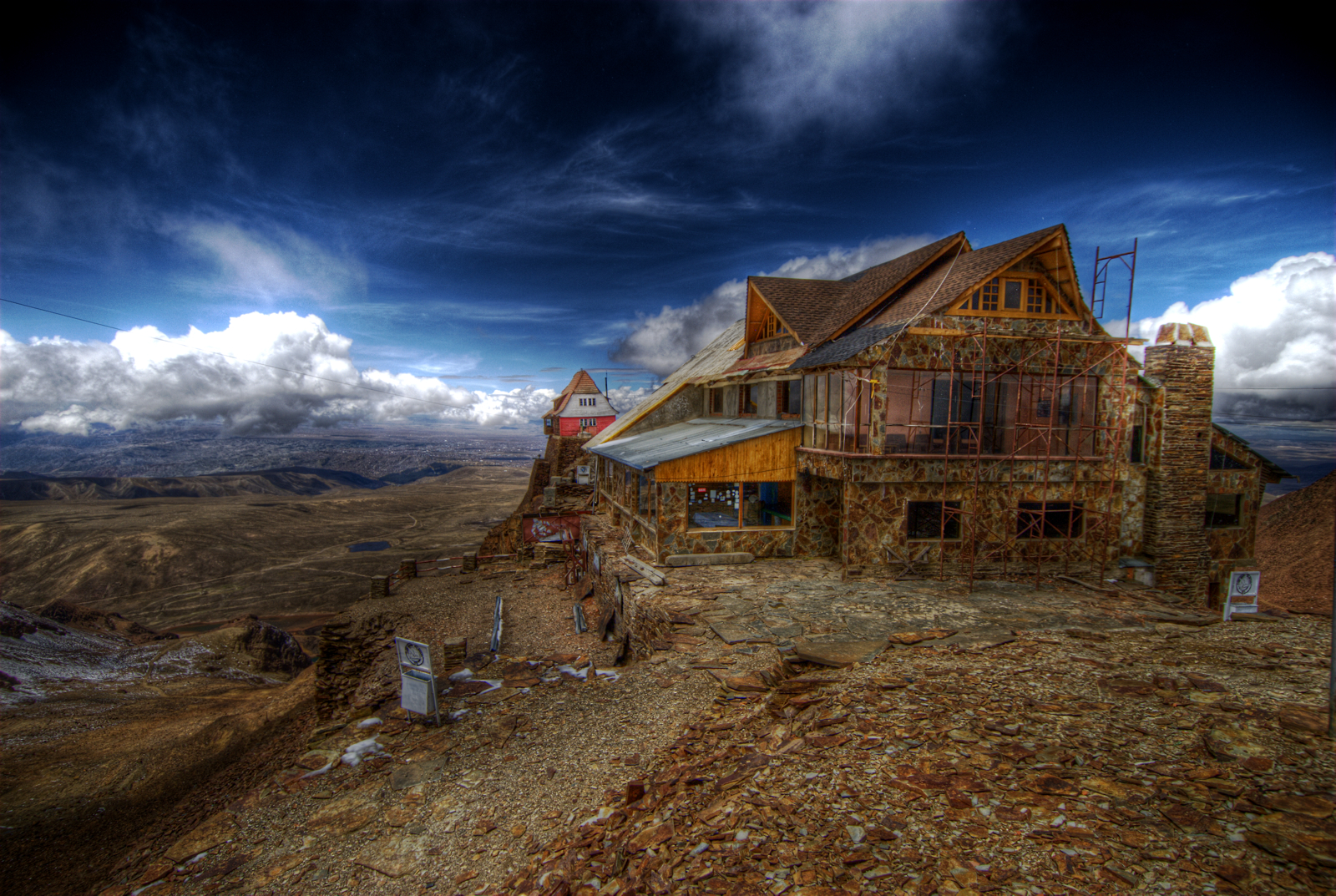by Guillaume Biganzoli
Water is a privilege. Today, more than one billion people live in water-scarce regions. According to a recent World Bank report, because of climate change, rising consumption and growing populations, up to 3.5 billion people could face water scarcity by 2025. Several countries are already deeply affected by protracted droughts and widespread desertification. Bolivia has become one of them, with 2 million Bolivians lacking adequate access to safe water supplies and almost 4 million not benefitting from basic sanitation. Yet, Bolivia is one of the world’s richest countries in terms of estimated renewable water resources and has a long tradition of locally-provided water systems.
Everything started with “la Guerra del Agua” (the Water War between November 1999 and April 2000). The war put locals from Cochabamba, Bolivia’s third largest city, in direct confrontation with government forces over the privatization of the municipal water supplier, SEMAPA. The protesters were concerned about being excluded from the water grid system and the overnight increase in rates, which ranged from 30% to 300%. After six deaths and months of protests, the government backtracked and nationalized the company. The struggle inspired the Gas Wars of 2003 and 2005 and the revolt of El Alto against the privatization of the La Paz-El Alto water system by French company Suez in 2005.
Throughout the protest movement, Evo Morales, then a Congressman but now president of the country, helped the demonstrators by providing them with expertise in civil protesting techniques. Ultimately, the movement led to the overthrow of two neoliberal presidents and to the election of Evo Morales and his Movimiento al Socialismo (MAS) party in 2005. A Ministry of Water was created in 2006 and the right to access to water was recognized as a human right, exempted from the possibility of privatization, under the 2009 constitution. The Bolivian government successfully obtained the recognition of such a right by the United Nations General Assembly in 2010 and pushed for alternative models to privatization domestically.
However, for weeks now, 125,000 families have been affected by the worst drought in 25 years. The government has declared a state of emergency and has put in place, for the first time, a rationing system for 176,000 families across the country. Families are restricted to three hours of water every three days, hospitals are suspending non-emergency surgeries, and quinoa crops have, in certain places, been completely lost. Bolivians are so desperate that some residents of El Alto have briefly held representatives of the water state company hostage. This includes Deputy Minister of Water Rubén Méndez, after the chief Minister, Alexandra Moreira, failed to attend a local meeting on the state of water supplies.
Two main causes can be identified for this drought. Firstly, climate change has taken its toll on the country’s natural resources. Temperatures have increased so much and so fast that entire glaciers, such as the one on Chacaltaya mountain, have disappeared. The melting of the ice has also had an impact on water resources downstream: Lake Poopó, the country’s second largest lake, has already completely dried up. Glaciers provide between 20% and 28% of water for El Alto and La Paz and support agriculture, power generators and ecosystems throughout the country. The drought is exacerbated by rural exodus: in El Alto alone, the population has grown by 30% between 2001 and 2012 to reach one million and is expected to reach two million by 2050. This means that the demand for water is growing rapidly, despite dwindling supplies.
Rampant government mismanagement is equally to blame for the current drought. The government has notably failed to monitor and regulate mining companies’ compliance with restricted water use and treatment of wastewater. As a result, they have illegally used public water and extracted groundwater. Reuters reported that 100,000 cubic metres of water are used in Bolivia’s mining industry every day, the same amount of water used in the capital of La Paz every two days. Government mismanagement is also an issue in the public water administration. According to an independent researcher, in 2010, the SEMAPA company laid off 150 workers in order to overcome a $3 million deficit due to “alleged irregularities such as payroll padding, materials thefts, and continued diversion of the system’s water” by mining companies. Corruption and inefficiency in Cochabamba have also impeded the renewal of the 40-year old piping system and thus, 50% of the water that runs through it leaks out or causes contamination. Overall, the central government has shown little resolve in solving the problem and only planned to spend 1.2% of total public investment on water and basic sanitation between 2010 and 2015.
Because both private and public management systems are perceived as failures, the general population seems to turn more and more to local community-managed water organizations. These local suppliers, funded by the ASICA-Sur (the Association of Community Water Systems of the South) and the EU, collaborate with SEMAPA and other national companies to buy water supplies in bulk but still control the distribution process in order to ensure fairness. According to a recent study, locally-managed water systems perform at least as well as, if not better than, national public systems.
Overall, the drought’s resulting popular resentment is but the latest blow to Evo Morales’s government. In February 2016, he organized a referendum to change the constitution to allow him to run for a fourth mandate in 2020. The “No” vote won by 51.3% in what was considered Morales’ first serious electoral defeat since his election in 2005. Mr. Morales will thus need to use his final three years in power to address this serious issue in order to reclaim popular approval. As Pedro Calizaya, a Bolivian from the soon-to-be dried-up Uru Uru Lake, told El Deber newspaper, “We’re desperate.”

